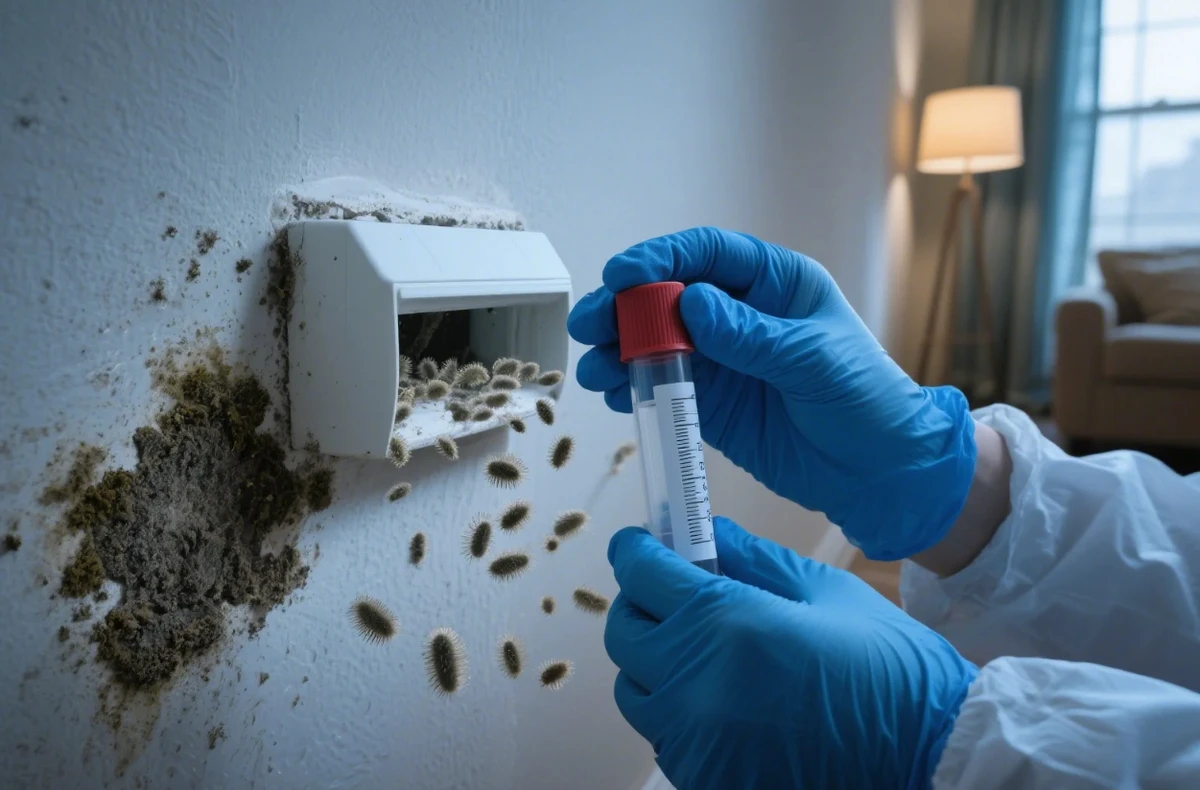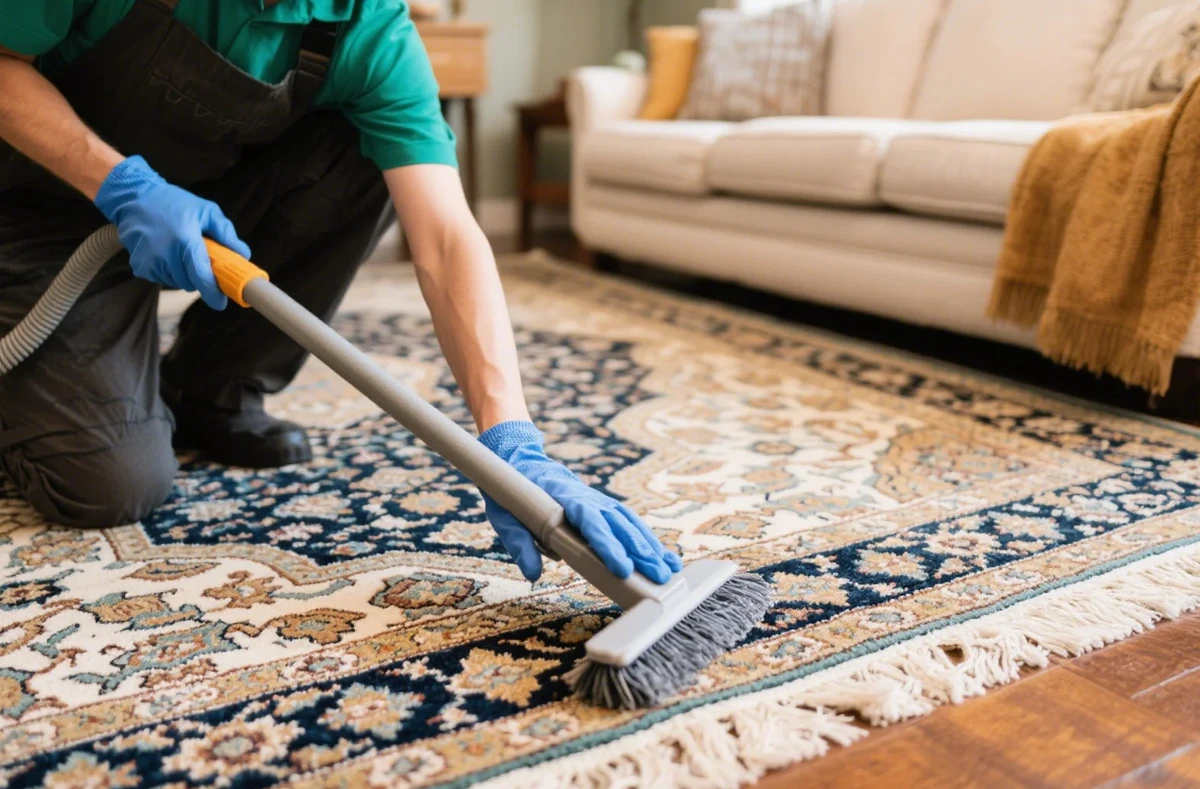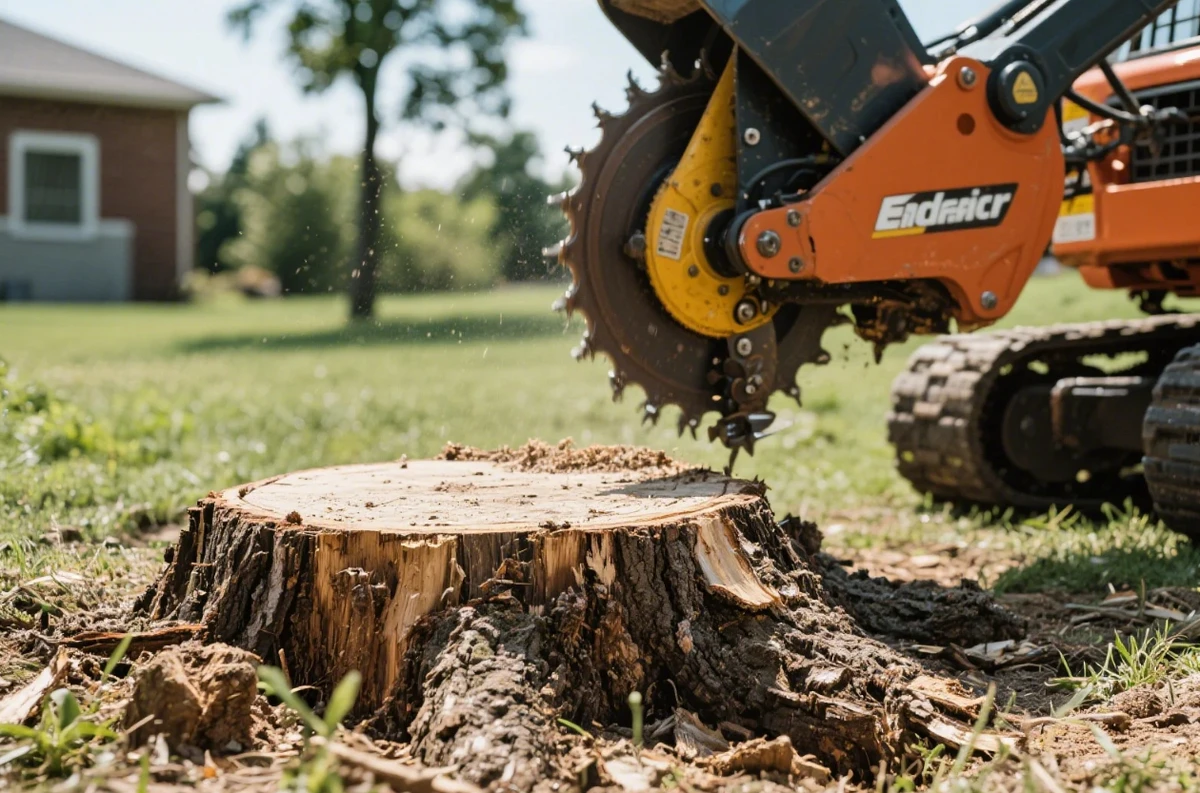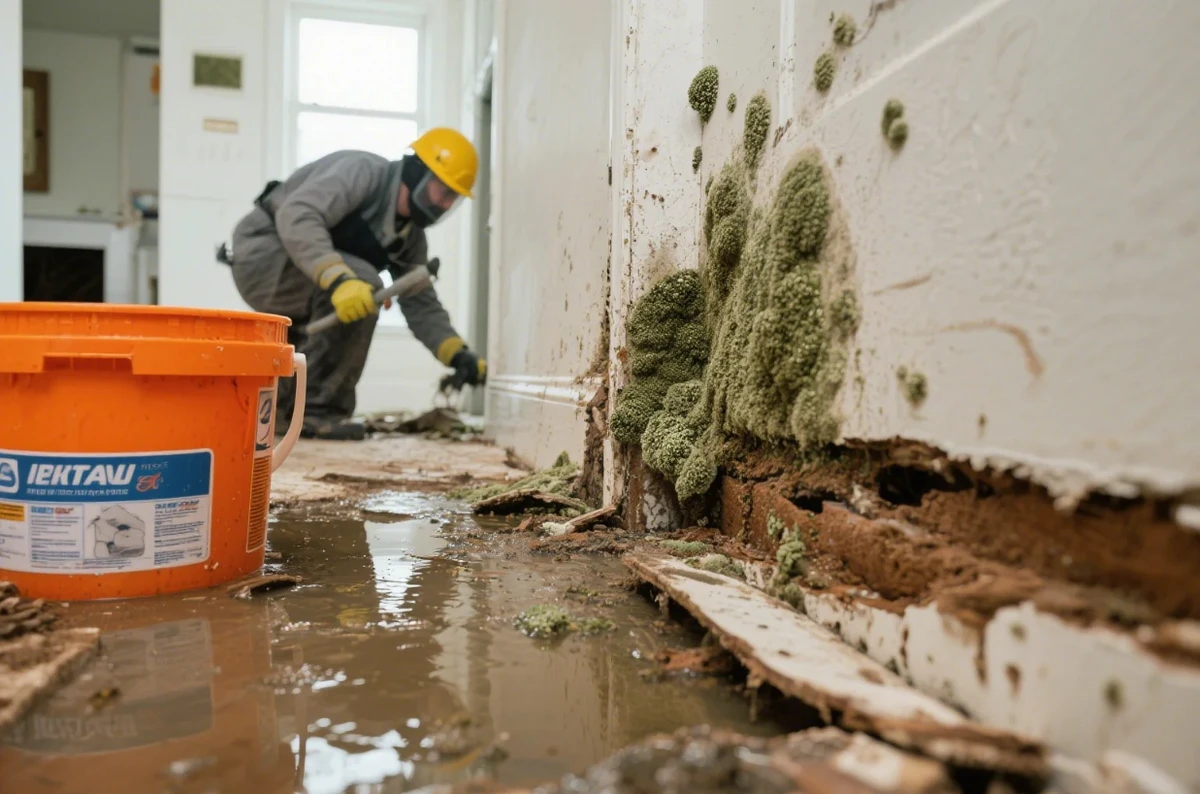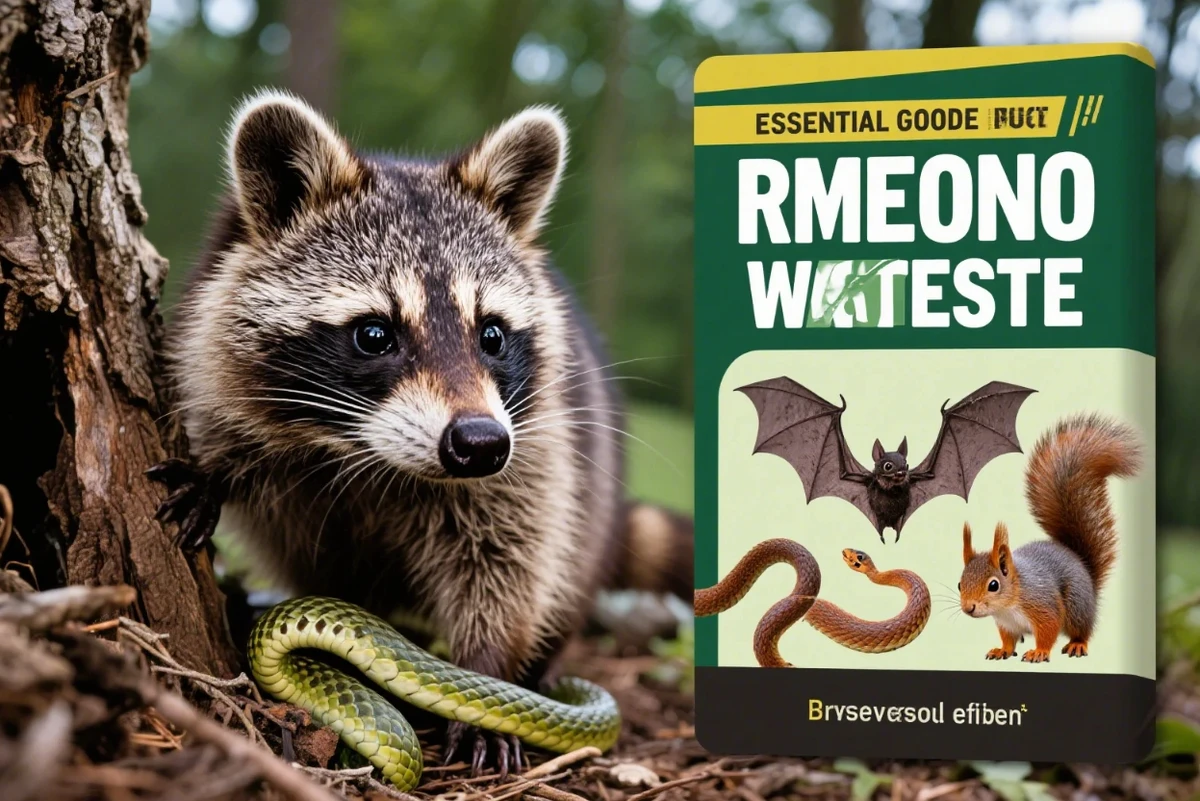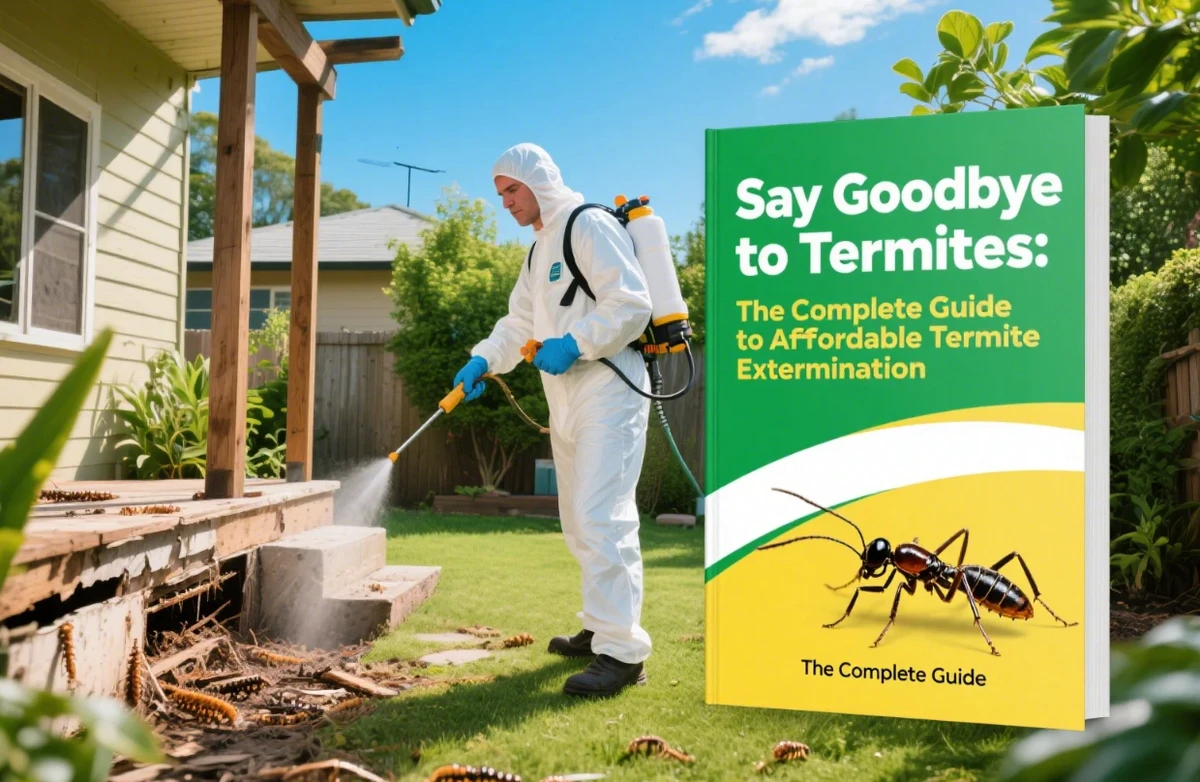Learn how to handle wildlife invasions in your home effectively, with practical tips and expert advice on raccoons, snakes, bats, and squirrels.
Raccoon Removal: Identifying and Preventing Entry
Raccoons are often attracted to attics and basements, especially if they can find easy access points like vents, chimneys, or damaged roofing. Their ability to squeeze through small gaps makes it essential to inspect your home thoroughly for any openings. The first sign of a raccoon infestation often includes hearing rustling sounds at night or finding droppings in the attic. If you spot a raccoon, you should avoid direct confrontation. Setting up humane traps can be an effective way to capture the animal, but these should be checked frequently to avoid harm to the raccoon. Once removed, it’s vital to seal all entry points immediately using materials like steel mesh or caulk. This will prevent further infestations, as raccoons are persistent and will return if given the chance.
Squirrel Trapping and Exclusion Services: Key Steps
Squirrels are notorious for causing damage to homes by chewing through electrical wires, insulation, and even wooden beams. If you notice squirrels darting around your roofline or hear scratching noises from within the walls, it’s crucial to take action. Trapping and removing squirrels is an important first step, but it’s equally important to perform exclusion services to prevent future invasions. You can install wire mesh over entry points such as vents, chimneys, and gaps in the roof. It’s essential to do this during the late spring or early fall, as squirrels are most likely to seek shelter during these times. After removal, it’s wise to check your attic for any nests that could contain babies, as it’s illegal to remove squirrels with young. In some cases, repelling techniques like motion-activated lights or noise devices can help deter squirrels from returning.
Snake Removal and Prevention: Addressing the Root Cause
Snakes can enter homes through small cracks in foundations, gaps in doors, or open windows. In areas with wooded or grassy surroundings, snakes are common visitors, especially in the warmer months. The first step in snake removal is to remain calm and avoid attempting to handle the snake yourself. It's best to call a licensed professional who can safely remove the snake and relocate it. To prevent future snake encounters, make sure to seal all cracks, gaps, and holes around your home. Additionally, clearing away overgrown plants and debris near your home will remove potential hiding spots. Installing door sweeps and checking windows for gaps will also help prevent snakes from getting inside. Snake-proofing your home with these simple steps can reduce the likelihood of future infestations.
Bat Colony Removal and Cleanup: Health Risks and Solutions
Bats are beneficial creatures, but when they find their way into attics or walls, they can cause major issues. Bat infestations pose a health risk due to their droppings, which can harbor fungi like histoplasmosis. If you find bats roosting in your attic, it's crucial to act quickly to prevent further contamination. Bat removal should always be carried out by professionals, as bats are protected species in many regions and require humane relocation methods. Once the bats have been safely removed, their entry points must be sealed to prevent future access. The attic or affected areas should be thoroughly cleaned and disinfected to eliminate any remaining guano or urine. In many cases, professionals will also offer advice on how to prevent bats from returning, such as using one-way exit devices that allow the bats to leave but prevent them from re-entering.
Dead Animal Odor Removal: Finding and Disposing of the Source
If you suspect a dead animal in your home, it’s crucial to locate and remove it as quickly as possible. The odor of a decaying animal can be overpowering and may linger for weeks if left unattended. First, try to locate the animal by following the scent. Common places where dead animals might hide include attics, basements, walls, and under the house. If you’re unable to locate the source yourself, it’s best to hire a professional dead animal odor removal service. These experts have the necessary tools and experience to safely locate and remove the animal, as well as sanitize the area afterward to eliminate any lingering smell. After removal, they will deodorize and disinfect the space, ensuring that your home is free from harmful bacteria and odors. It’s important to address the issue promptly to avoid attracting more pests or creating a health hazard in your home.
How to Identify and Prevent Future Wildlife Infestations
Preventing wildlife infestations starts with identifying potential entry points and sealing them off before animals can gain access. Look for gaps in your roof, vents, and windows, and make sure to patch any holes, even if they seem small. Installing mesh or wire screens over vents and chimneys will prevent animals like squirrels and raccoons from entering your home. Keep tree branches trimmed away from your roofline, as these can serve as bridges for squirrels, raccoons, and other animals. Another important step is to remove food sources, such as pet food or garbage, which attract wildlife to your property. Installing motion-activated lights or noise devices can also help deter animals from approaching. By performing regular inspections and taking preventive measures, you can greatly reduce the risk of wildlife entering your home.
When to Call a Professional Wildlife Removal Service
While some homeowners may attempt to handle wildlife issues on their own, hiring a professional wildlife removal service is often the best course of action. Licensed wildlife removal experts have the tools, knowledge, and experience to handle a wide variety of animals safely and humanely. If you’re dealing with a large infestation, or if the animals have caused significant damage to your home, it’s essential to call in professionals. Additionally, wildlife experts can help you identify the species causing the problem, as different animals require different removal methods. Some animals, like bats, are protected by law, and improper removal can result in legal penalties. A professional will also ensure that your home is properly cleaned, sanitized, and sealed to prevent future issues. In many cases, they can offer advice on how to protect your home from other potential wildlife problems down the line.
Long-Term Solutions for a Wildlife-Free Home
Once wildlife has been removed from your home, it’s essential to implement long-term strategies to ensure they don’t return. Regular inspections of your property, especially the roof, attic, and basement, can help you catch potential issues before they become major problems. If you live in an area with frequent wildlife activity, consider setting up a regular maintenance plan with a wildlife control service. Simple measures, like trimming trees and bushes, can reduce the likelihood of animals gaining access to your roof. You can also use repellents or install devices that discourage animals from entering your home. Maintaining a clean and tidy environment, free from food sources and potential hiding spots, will also make your home less inviting to wildlife. By staying proactive and vigilant, you can protect your home from future infestations and enjoy peace of mind knowing that your home is wildlife-free.

